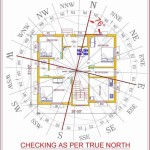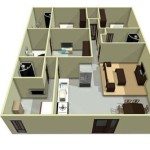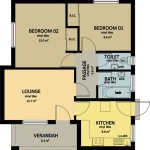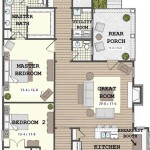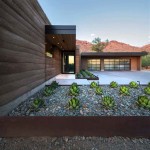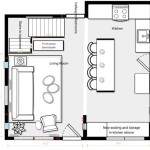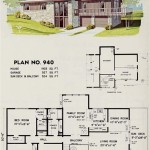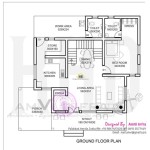Essential Aspects of Housing Plan Designs
Designing a housing plan requires meticulous attention to various essential aspects. From space optimization to sustainability, each element plays a crucial role in creating a comfortable and functional living environment. Here are the key considerations that should be addressed when crafting a housing plan design:
Space Optimization
Maximizing space efficiently is paramount. Consider the number of occupants, their individual needs, and the activities that will take place within the home. Plan for adequate living areas, bedrooms, bathrooms, and storage spaces. Utilize multi-purpose furniture and clever storage solutions to make the most of available space.
Layout and Functionality
The layout of the house should flow seamlessly, ensuring ease of movement and accessibility. Plan for a logical arrangement of rooms, with common areas central and private areas more secluded. Consider the orientation of the house to harness natural light and minimize heat gain. Additionally, incorporate features such as wide hallways, open floor plans, and accessible entryways to enhance comfort and functionality.
Aesthetics and Visual Appeal
Housing plans should not only be practical but also visually appealing. Choose architectural styles and finishes that complement the surrounding environment and reflect the homeowner's personal preferences. Consider elements such as exterior materials, rooflines, and landscaping to create a cohesive and aesthetically pleasing design.
Sustainability and Energy Efficiency
Incorporating sustainable features into the housing plan is crucial for reducing environmental impact and lowering energy costs. Utilize energy-efficient appliances, insulation, and windows. Consider renewable energy sources such as solar panels and rainwater harvesting systems. Design with cross-ventilation and natural light to minimize the need for artificial heating and cooling.
Access to Outdoor Spaces
Outdoor spaces extend the living area and provide numerous benefits for occupants. Plan for balconies, patios, or gardens that allow for relaxation, entertainment, and connection with nature. Ensure these spaces are accessible from the main living areas and provide privacy when necessary.
Technology Integration
In today's modern era, technology plays a significant role in home design. Incorporate smart home systems that control lighting, heating, security, and entertainment. Plan for adequate electrical outlets, data points, and Wi-Fi coverage to ensure seamless integration of technology into the living environment.
Flexibility and Adaptability
Life circumstances change over time, and housing plans should be flexible enough to adapt to future needs. Consider designing with modular or open-plan spaces that can be easily reconfigured. Plan for potential expansions or modifications to ensure the home remains suitable for the homeowner's evolving lifestyle.
By carefully considering these essential aspects, housing plan designs can create comfortable, functional, and visually appealing living environments that meet the unique needs of their occupants and promote well-being.

Top 5 Modern House Plans With Photos Floor Archid

House Plans How To Design Your Home Plan

Small House Design 2024005 Pinoy Eplans Modern Plans Floor

3 Bedroom House Plans Your Guide To Perfect Home Design

Small House Plans Popular Designs Layouts

Small House Design Shd 2024007 Pinoy Eplans One Y Bungalow Plans Floor

Floor Plans Types Symbols Examples

Small House Designs Shd 2024003 Pinoy Eplans

Home Plan House Designers In Bangalore Buildingplanner

Low Cost 2 Bedroom House Plan 70sqm Floor Plandeluxe

